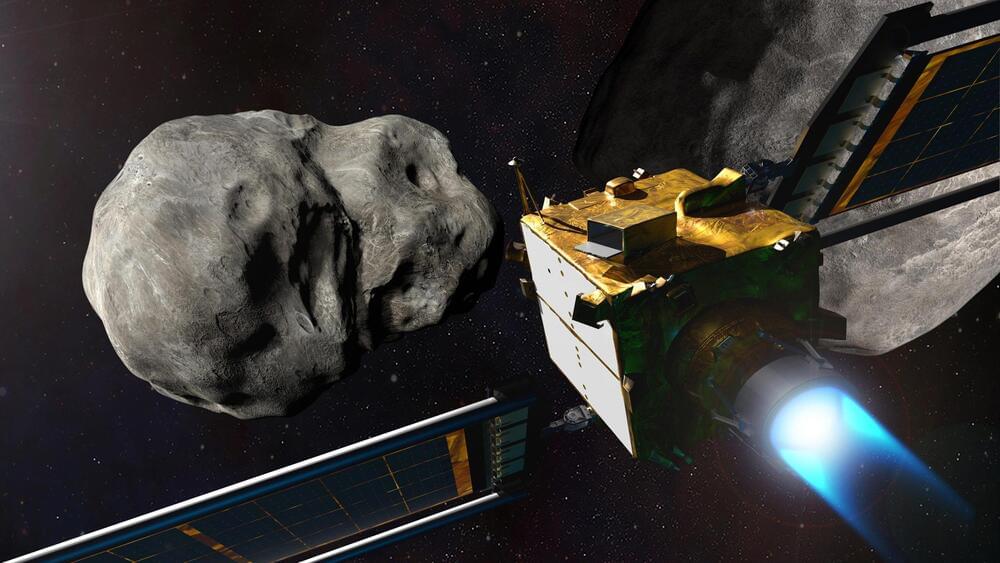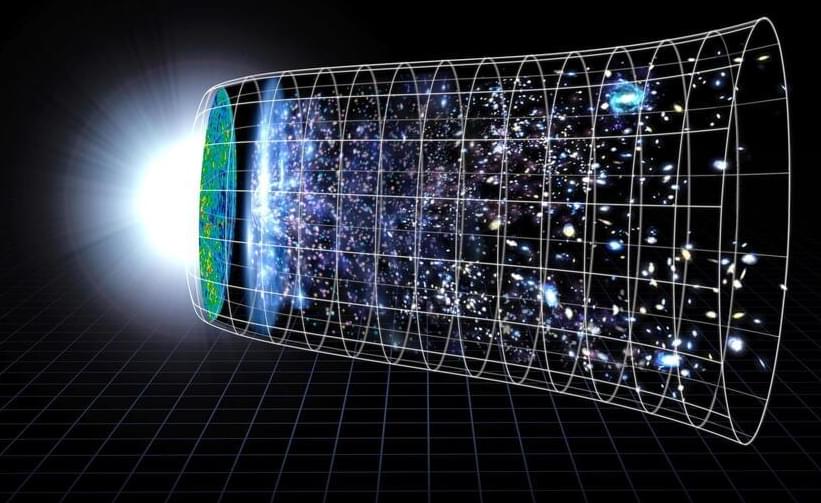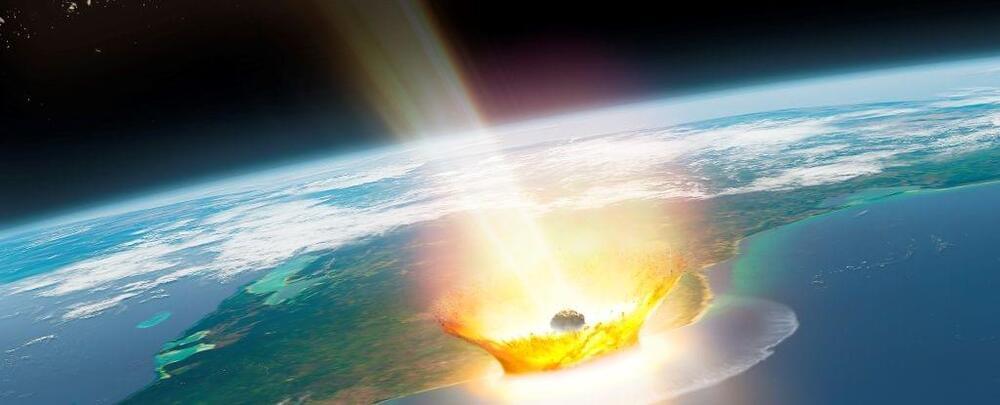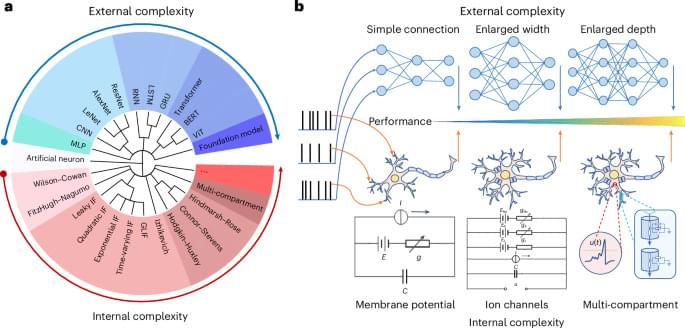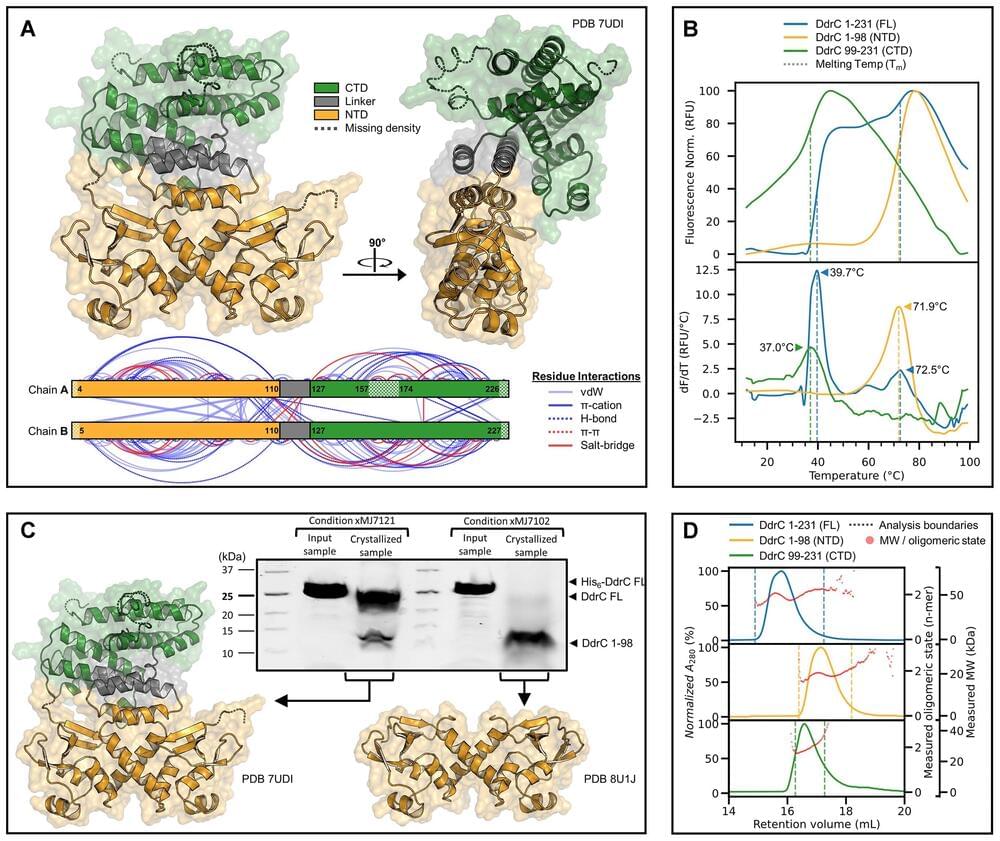Following NASA ’s DART mission, which successfully tested asteroid deflection techniques by colliding with the moonlet Dimorphos, extensive research has revealed insights into the geological features and evolutionary history of the Didymos asteroid system.
Studies have characterized the surface and interior of these celestial bodies, examined their formation processes, and assessed their response to impacts. These findings not only provide a clearer understanding of binary asteroid systems but also enhance planetary defense strategies.
In the months that followed NASA’s Double Asteroid Redirection Test (DART) mission, which sent a spacecraft to intentionally collide with an asteroid moonlet, the science team verified that kinetic impact was a viable deflection technique, proving one effective method of preventing future asteroid strikes on Earth.
